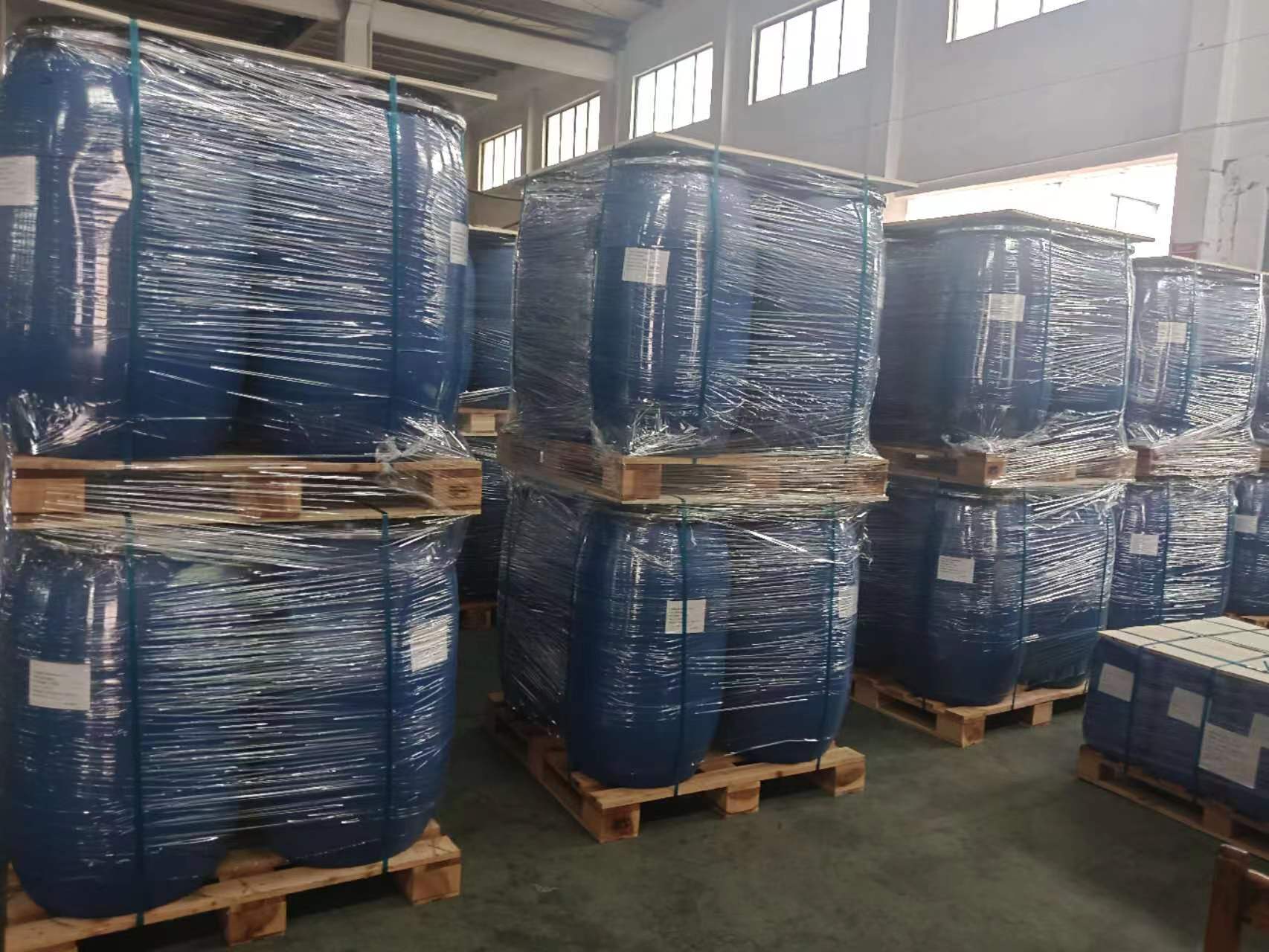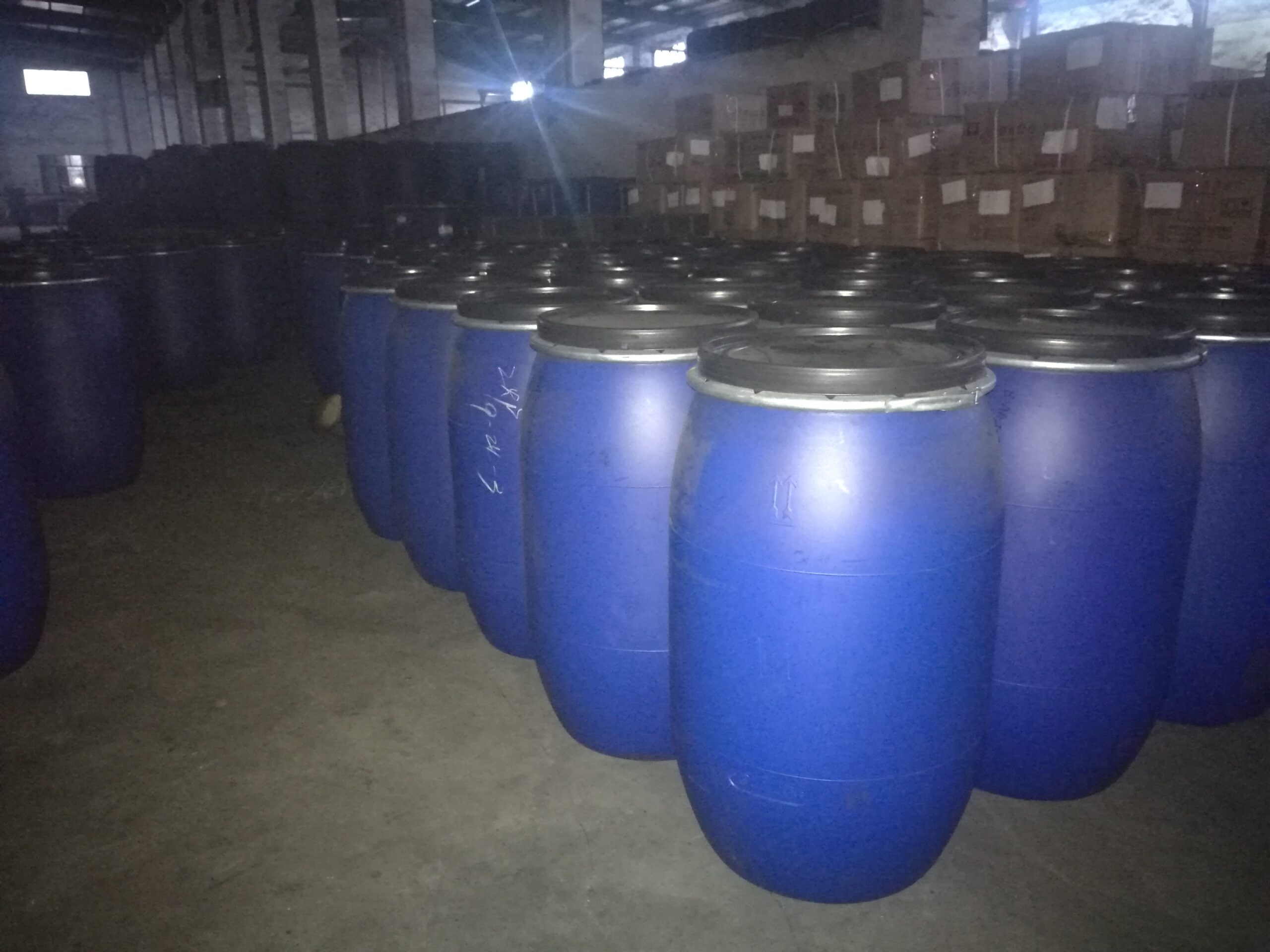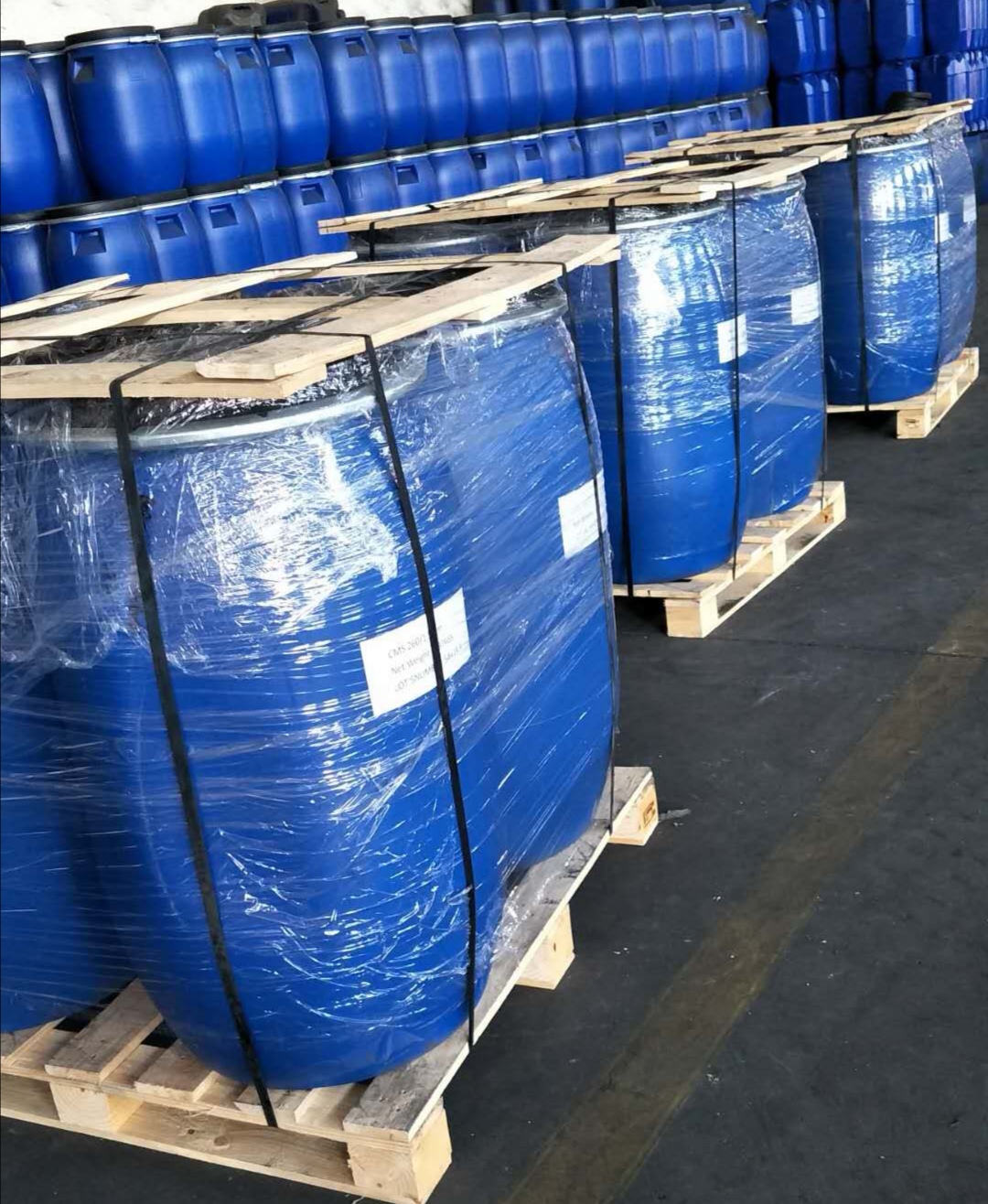The quality evaluation indicators of carbon molecular sieves and methods for improving their quality
Carbon molecular sieves are microporous materials composed of carbon atoms, possessing high specific surface area, controllable pore size, and good chemical stability. Due to their unique structure and properties, carbon molecular sieves have broad application prospects in adsorption separation, catalytic reactions, gas separation, and energy storage. The quality of carbon molecular sieves is one of the important factors affecting their performance and application effects.
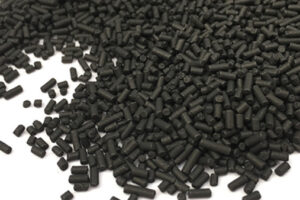
I. Evaluation indicators of carbon molecular sieve quality
The quality of carbon molecular sieves is mainly evaluated based on their structure, physical properties, and chemical properties. The main evaluation indicators include specific surface area, pore size, pore capacity, thermal stability, chemical stability, and surface functionalization performance. In practical applications, these indicators will directly affect the adsorption separation performance, catalytic reaction activity, gas separation effect, and energy storage performance of carbon molecular sieves.
1. Specific surface area
Specific surface area refers to the surface area per unit mass or volume of carbon molecular sieves. Due to the rich microporous structure of carbon molecular sieves, their specific surface area is usually large. A higher specific surface area is conducive to improving their adsorption separation performance and catalytic reaction activity.
2. Pore size
Pore size is one of the key parameters affecting the adsorption separation performance and gas separation effect of carbon molecular sieves. Appropriate pore size can achieve selective adsorption separation of specific molecules, thereby improving the application effect of carbon molecular sieves.
3. Pore capacity
Pore capacity refers to the pore volume per unit mass or volume of carbon molecular sieves. A larger pore capacity means that carbon molecular sieves can adsorb more gas molecules or solute molecules, thereby improving their adsorption separation performance.
4. Thermal stability
Thermal stability refers to the stability of carbon molecular sieves under high-temperature conditions. Better thermal stability means that carbon molecular sieves can maintain their structure and performance stable under high-temperature conditions, having a wider application range.
6. Surface functionalization performance
Surface functionalization refers to the improvement of adsorption separation performance, catalytic reaction activity, etc. of carbon molecular sieves by introducing functional groups on their surfaces. Good surface functionalization performance will facilitate the expansion of carbon molecular sieves’ application fields and improve their performance.
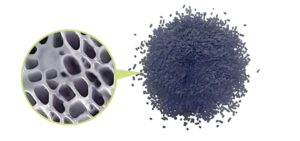
II. Methods for improving carbon molecular sieve quality
1. Optimizing synthesis conditions
By regulating the synthesis conditions of carbon molecular sieves, such as the types of raw materials, solvents, and reaction temperatures, the structure and properties of carbon molecular sieves can be controlled, thereby improving their quality.
Utilizing different surface functionalization methods can effectively improve the adsorption separation performance and catalytic activity of carbon molecular sieves, thereby improving their quality.
By optimizing the material structure and synthesis method of carbon molecular sieves, their thermal stability and chemical stability can be improved, thereby improving their quality.
5. Improving production process level
Improving the production process level of carbon molecular sieves, enhancing the uniformity and consistency of the products, can effectively improve their quality.
III. Application prospects of carbon molecular sieves
Carbon molecular sieves have unique structures and properties and are widely used in adsorption separation, catalytic reactions, gas separation, and energy storage. With the continuous improvement of carbon molecular sieve quality and the advancement of application technologies, their application prospects will be even broader.
1. Adsorption separation
Carbon molecular sieves have excellent adsorption performance and can be used for adsorption separation of gases, solvents, heavy metals, etc., having a wide application prospect.
2. Catalytic reaction
Carbon molecular sieves have good catalytic activity and selectivity and can be used in organic synthesis, catalytic cracking, etc., having important application value.
3. Gas separation
Carbon molecular sieves have controllable pore size and pore capacity and can be used for gas separation, enrichment, and purification, having important application potential.
4. Energy storage Carbon molecular sieves possess excellent pore structure and hydrogen storage properties, and can be used for hydrogen storage and release. They have significant prospects for energy storage applications.
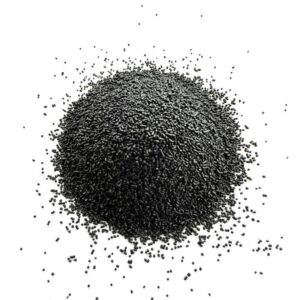
The quality of carbon molecular sieves is an important factor affecting their performance and application effects. By optimizing synthesis conditions, improving surface functionalization methods, and precisely controlling pore size, their quality can be enhanced. With the continuous improvement of the quality of carbon molecular sieves and the continuous advancement of application technologies, their application prospects in adsorption separation, catalytic reactions, gas separation, energy storage and other fields will be even broader. We hope that there will be more research and development in the future to promote the application of carbon molecular sieves in various fields, providing more possibilities for human life and industrial development.
